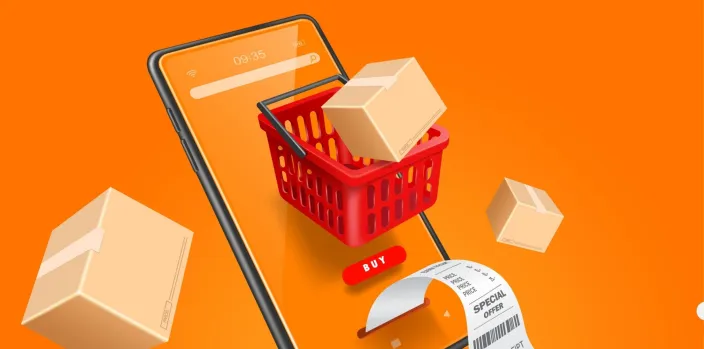
When Sellers Push Digital
In pursuing omnichannel strategies, many business-to-business (B2B) companies are facing transition stages in which they must add and integrate digital channels — e-commerce platforms, for example — to the traditional touchpoint for clients, namely sales staff. A widespread issue in this process is informing clients that these channels exist. Another, more importantly, is persuading them to use them — to change their longstanding habits, learn how to use technological tools that are not always intuitive and user-friendly, and give up various service components as well as the long-time interpersonal relationship established with the sellers. Even more complicated for companies can be obtaining the consent and support of their sales network, which often reacts with suspicion and concern to this strategic evolution, fearing replacement or demotion. However, it is essential for persuading B2B clients to switch to the use of new digital channels.
Our B2B study, “Online Sales Pushes: Whether, When and Why They Enhance Sales Performance,” analyzes the phenomenon of the online sales push, i.e. the effort made by businesses to encourage their sellers to have clients promote new digital channels, at least for certain tasks during certain stages of the process of purchasing and using some products. This effort may include internal communication activities, professional sales staff training and the restructuring of objectives and incentives. The aim would be to involve sellers in actively encouraging their clients to use the new digital channel. We examined the relationships between 94 sellers at a B2B company and their clients, comparing data from before and after the introduction of the digital e-commerce channel. By analyzing not only the relationships with 2,731 clients over a period of 21 months, but also achievements in terms of various types of online and offline sales interactions (basic products and complex solutions), our findings have allowed us to understand: 1) the extent to which sellers implement the online sales push; 2) how those same sellers change their behavior during the online sales push; and 3) whether this change in behavior translates to better sales performance.
The outcomes demonstrate that following the online sales push, sellers significantly increased the number of monthly interactions with their clients, both in person (+483 touchpoints) and online (+3,801 touchpoints). More specifically, sellers spent less time selling basic products, instead using it to train clients on how to utilize the new channel and sell complex solutions with higher added value. As a result, the business analyzed managed to increase both its online sales and its sales of complex solutions. These outcomes were amplified by the ability of sellers to devote their “freed-up” time to in-person visits to high-potential clients and to train less technologically-savvy ones, in particular, on how to use the new channel. It took approximately six months after the introduction of the online sales push to achieve this, which highlights that this strategy requires a reasonable amount of time to produce the desired effects.
In short, our study shows that for companies that wish to introduce digital channels (for example, an e-commerce platform) into their go-to-market strategies, it is essential to push for the active involvement of their sellers to facilitate and accelerate their adoption by clients. During the process, salespeople must be inspired not only to intensify their communication efforts with clients through personal and impersonal channels, but also to selectively reallocate these efforts among various clients according to their potential and technological readiness. This should free up time from low-value-added tasks to allocate to more complex opportunities, implying the necessity to couple online sales push strategies with consistent incentive, professional training and coaching initiatives. The reason is simple; the vital contribution of sales staff cannot be overlooked during the successful introduction of new technological channels.

Commerce Never Sleeps
From market-supporting platforms to omnichannel strategies, from unified models to Chinese-led innovations, to the race against time in deliveries: Bocconi researchers and alumni discuss fast-paced change in the industry

